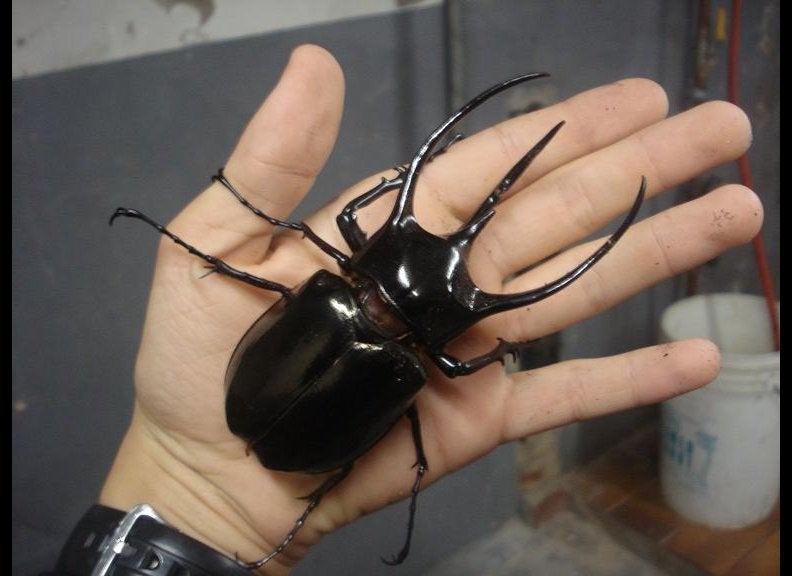
Blind mole rats could be a real eye-opener for evolutionary science. According to a new study, the burrowing rodents are key to answering a controversial question about how new species arise.
Sex is a near-universal fact of life that helps spread genes through a population. When a mountain chain or some other physical barrier blocks that spread, a population may evolve into two genetically distinct groups that are no longer able to interbreed successfully. This process is known as allopatric speciation.
In theory, though, new species can form even without a physical barrier to force the issue. Natural variation means that some individuals in a population may behave differently from their peers, for instance, and over time the differences can become great enough to prevent gene flow. Exactly how often this so-called sympatric speciation occurs in nature remains a topic of hot debate.
Eviatar Nevo, an evolutionary biologist at the University of Haifa in Israel, thinks that sympatric speciation could be much more common than is generally believed—and he says that he has found a method to help prove it. His team has been studying the Upper Galilee Mountains blind mole rat (Spalax galili) in a small area of northern Israel where geological activity has pushed igneous basalt rock against the chalk bedrock. The sharp geological boundary is reflected at the surface: Some plants living above the chalk are not seen above the basalt, and vice versa. Blind mole rats are found in both the basalt-derived and chalk-derived soils, and Nevo's team studied their mitochondrial DNA. Although in some places mole rats in the two soil types are separated by just a few meters of easily dug dirt, the researchers found clear genetic differences.
"The populations differ by up to 40% of their mitochondrial DNA," says Nevo, who reports his findings online today in the Proceedings of the National Academy of Sciences. Despite the lack of any physical barrier "the gene flow between the different soil-dwelling populations is very low." He has preliminary evidence that female and male mole rats taken from one soil type prefer to mate with each other even in the presence of mole rats from the other soil type—although he says more work must be done to show that this preference is strong enough to explain the genetic differences.
Nevo says that given enough time, the basalt mole rats may become so genetically distinct that they are no longer able to breed with chalk mole rats at all—in other words, he thinks his results show sympatric speciation in action. What's more, he says ecologists could find many more examples of sympatric speciation by studying the numerous localities around the world with similarly sharp ecological boundaries. Nevo predicts that populations on either side of the boundary will show unique adaptations that leave them unable to interbreed, even though individuals from the two populations come into regular contact because the boundary is not a physical barrier.
Jerry Coyne, an evolutionary biologist at the University of Chicago in Illinois, is unconvinced. He identifies a clear problem: Only time will tell if the two mole rat populations truly become incapable of interbreeding—until they do, it's too soon to add this to the small pile of confirmed sympatric speciation events. "We plan to conduct additional habitat and mate-choice experiments, which are the decisive demonstration of the origin of a new species," Nevo retorts.
Sergey Gavrilets, an evolutionary biologist at the University of Tennessee, Knoxville, is more comfortable with the idea that the mole rats may be undergoing speciation. But is it sympatric speciation? "I don't know," he says. The two populations certainly live side-by-side today, but it's challenging to prove that the genetic differences between them were not locked in place at an earlier date when the two were physically separated. That said, Gavrilets agrees with Nevo that sharp ecological boundaries may be "especially promising" locations to search for examples of sympatric speciation—examples that could settle the controversy about how common the process really is.
But Coyne thinks this search is better focused on oceanic islands that are small enough to rule out earlier episodes of physical separation. "Sympatric speciation could be more common than we think," he says. "But you need a propitious set of circumstances to show that."
ScienceNOW, the daily online news service of the journal Science
